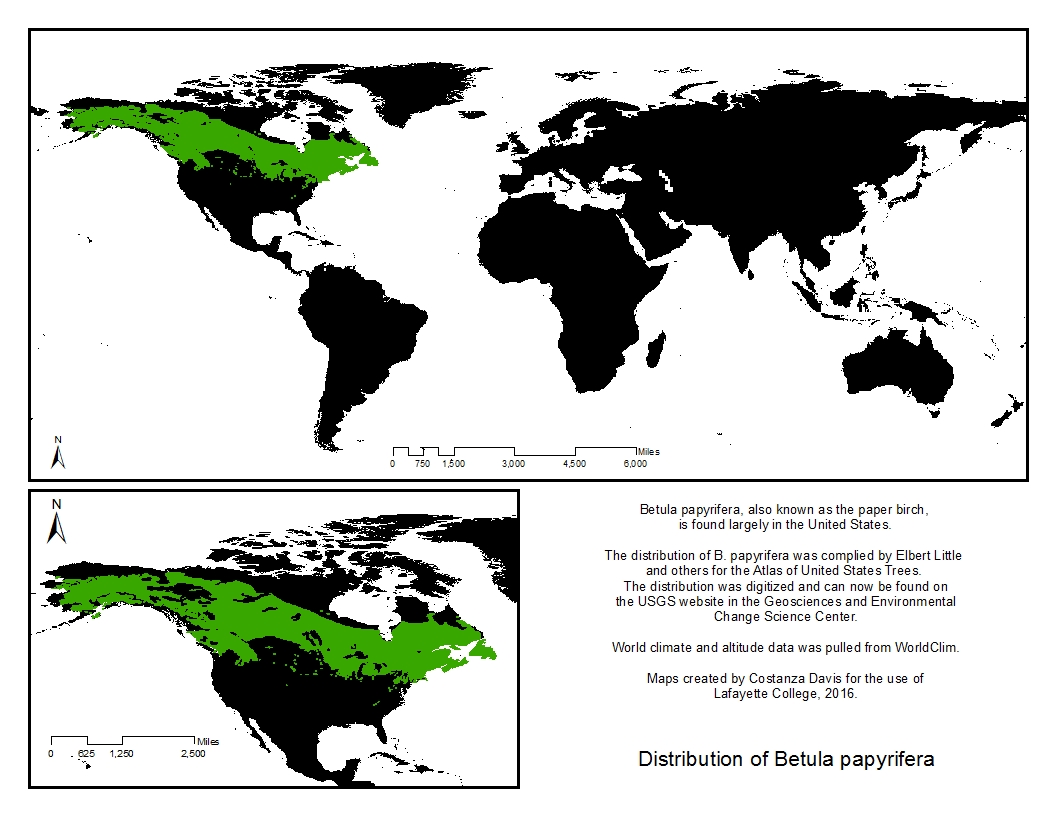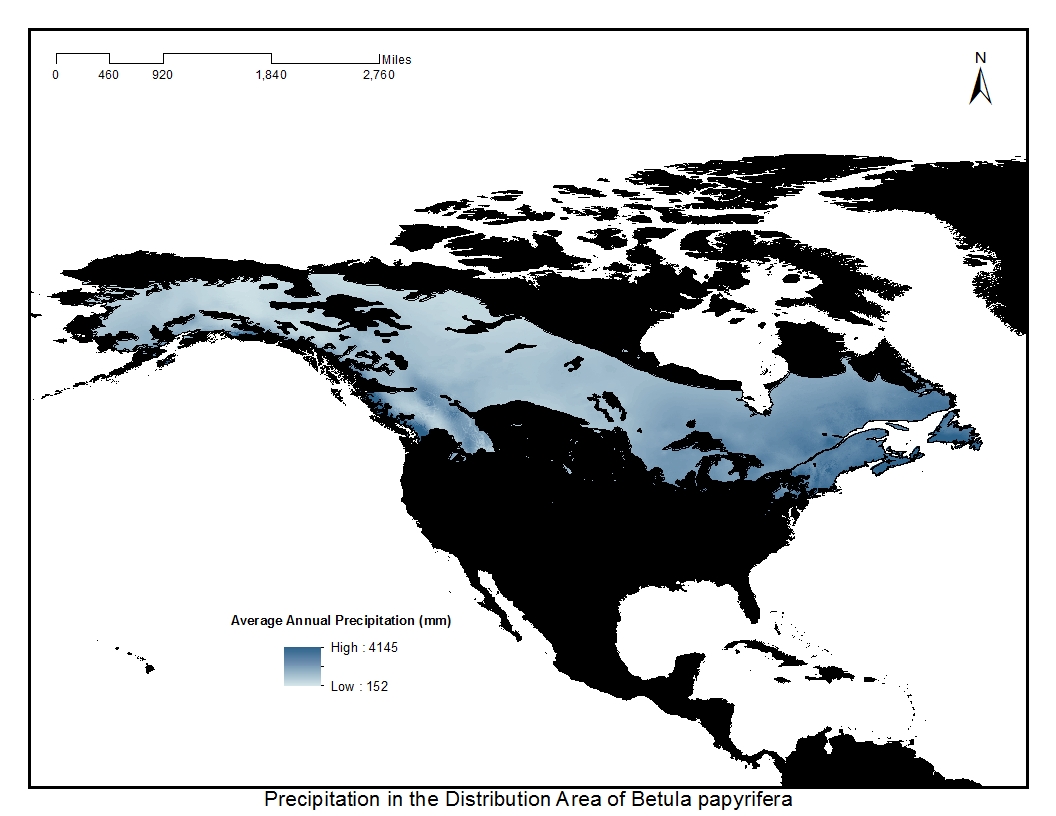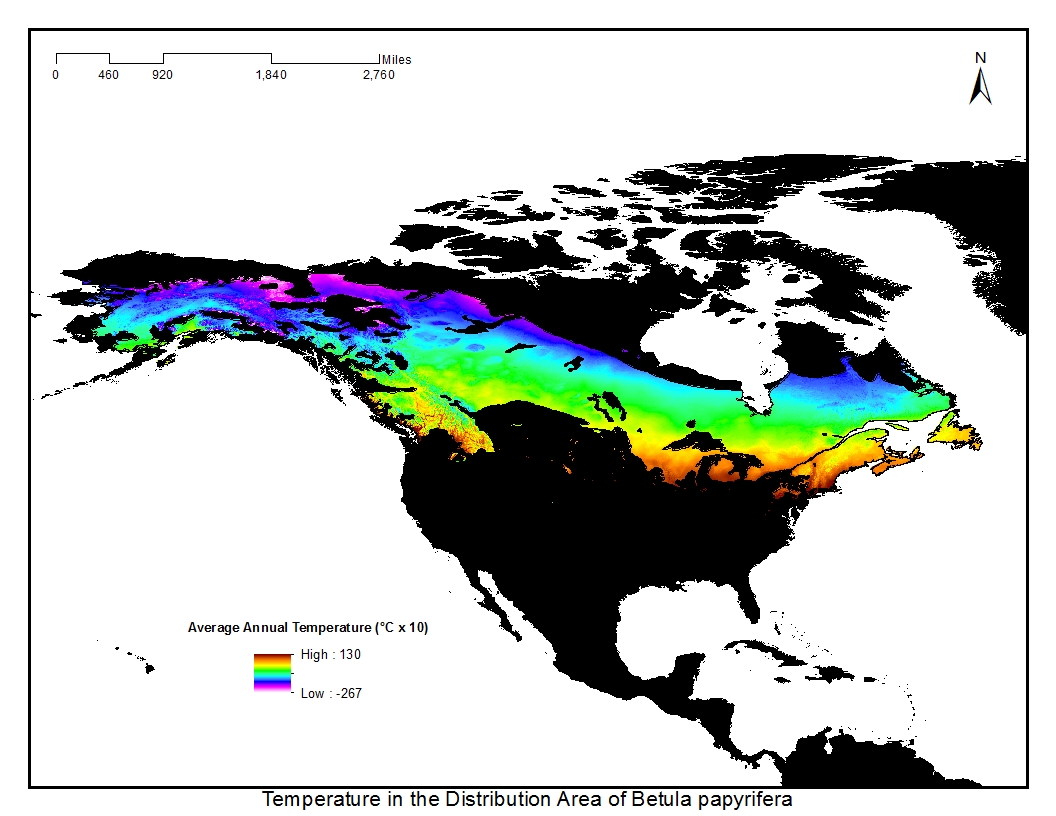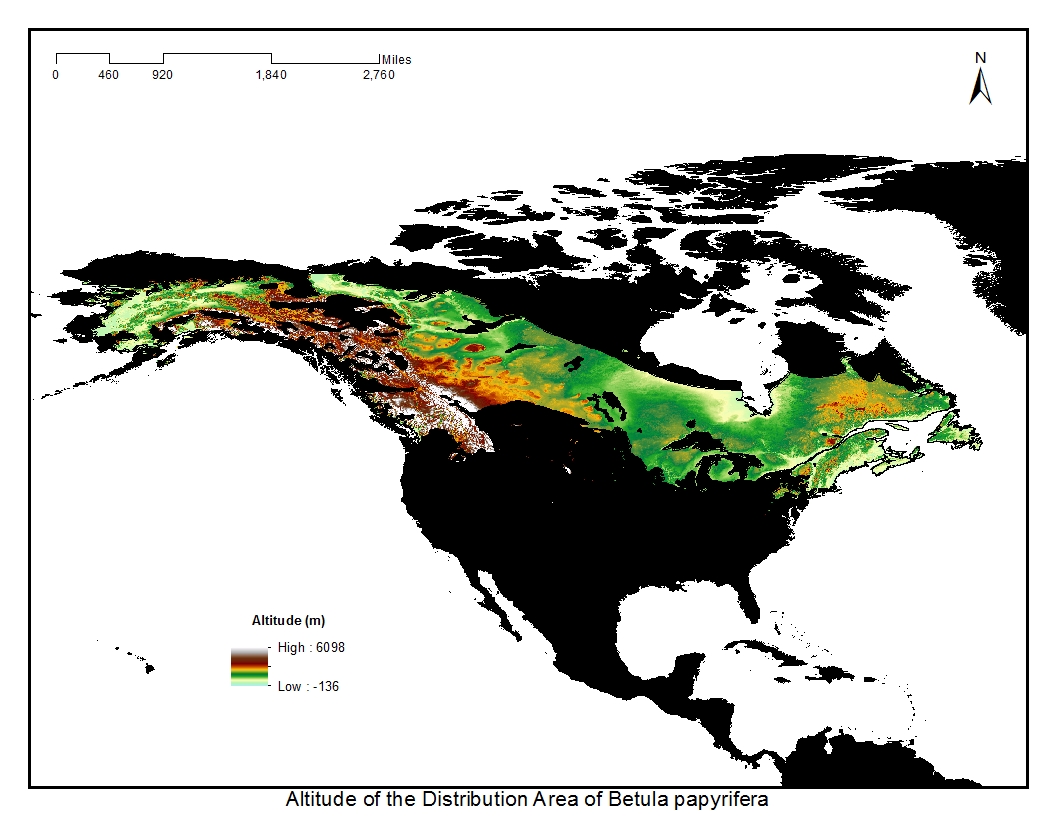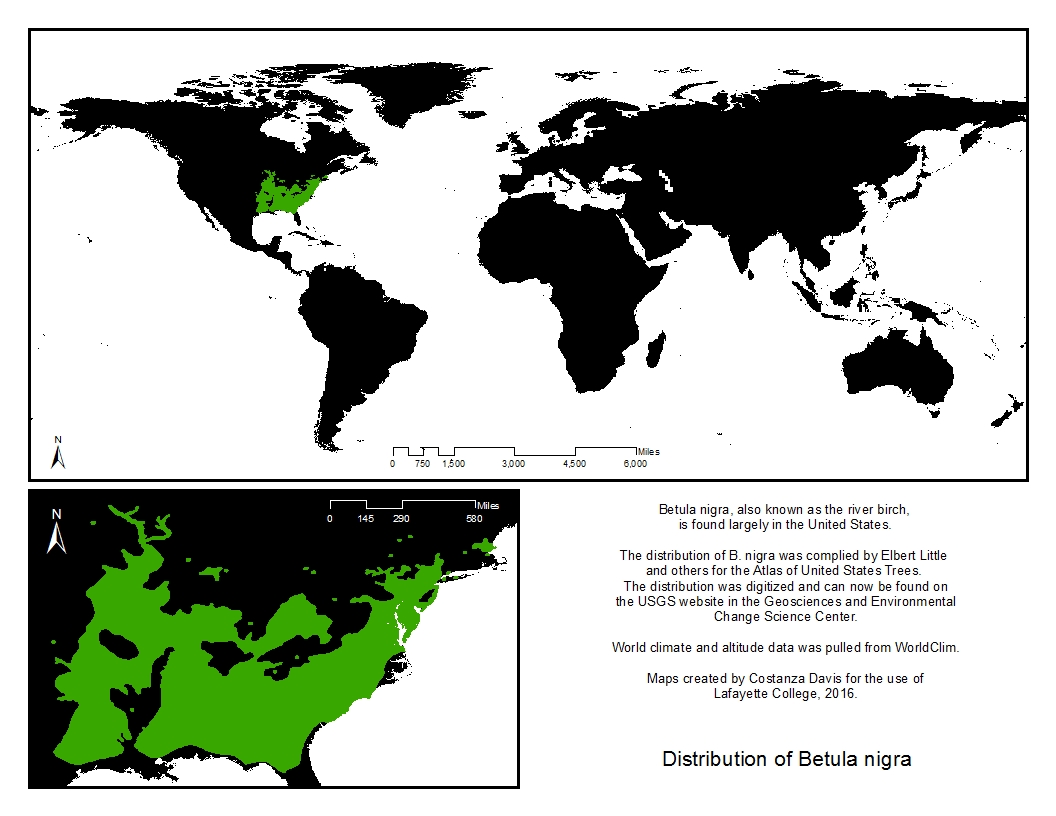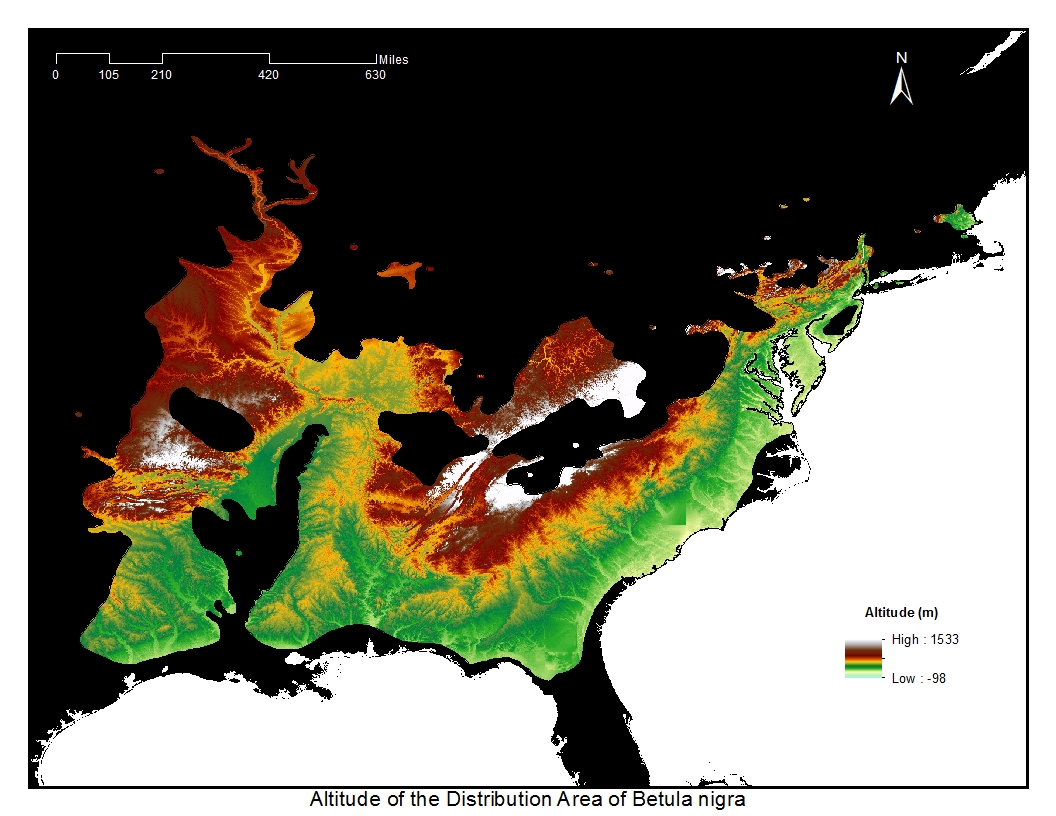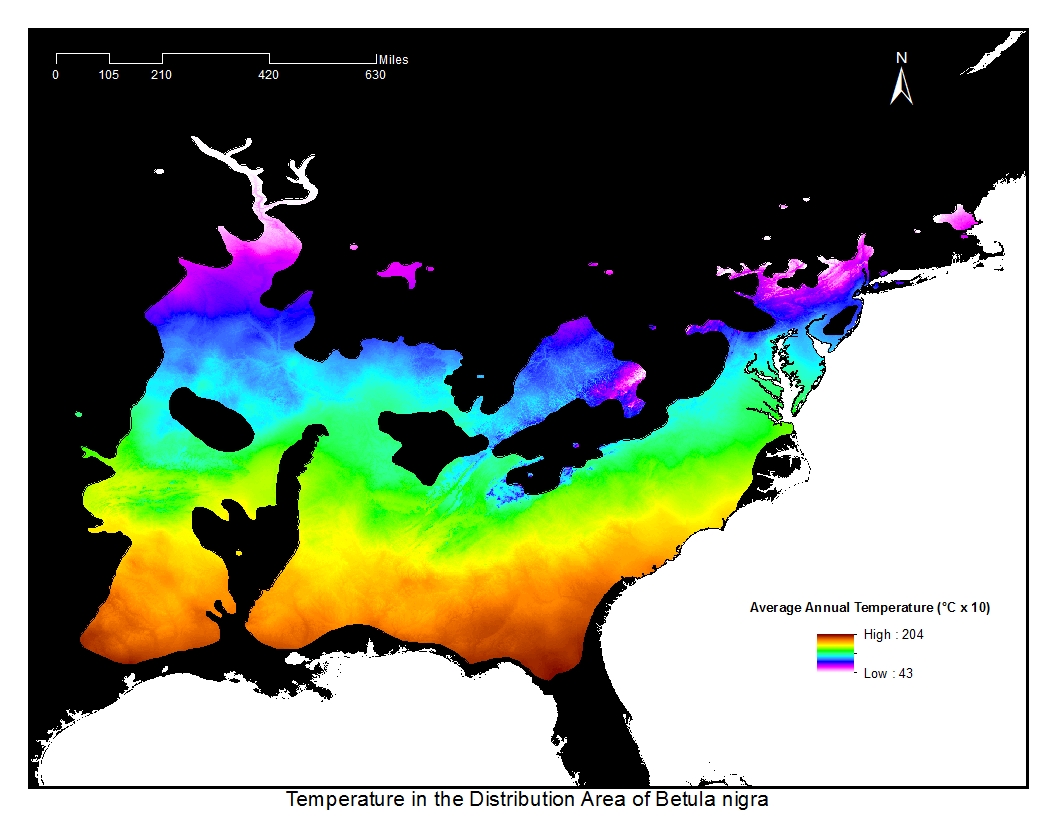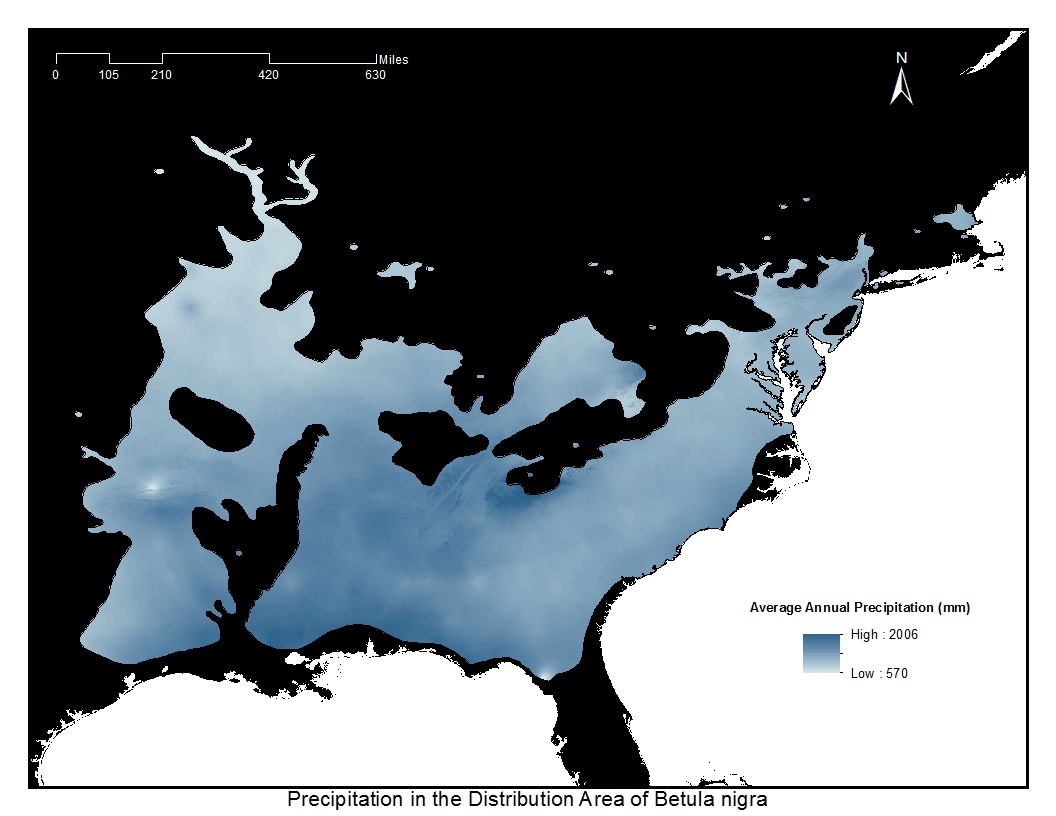Paper birch, Betula papyifera, is also known as white birch, canoe birch, and silver birch. The standard paper birch is considered to be the papyrifera variety, but there are five other varieties that can be intergraded by geography. The paper birches are the most widely distributed birches in North America, dominantly in Canada.
While medium sized, the paper birch is a fast growing tree. Within 30 years, a tree trunk often has a diameter of 8 inches, averaging 10 to 12 inches later during maturity. Paper birches are considered mature in 60 to 70 years. The paper birch averages 70 feet in height, though larger trees exceed 30 inches in trunk diameter and 100 feet in height. The paper birch typically has a life span less than 140 years, making it short-lived, although can grow to 200 years.
The paper birch thrives on well-drained albeit cool and moist sandy loams, though it tolerates a range of precipitation amounts. The tree is adapted to cold climates, and can live at high elevations and on slopes with a northern aspect, meaning it does not require maximized sunlight. However, it has some difficulty growing in soils with shallow permafrost. The paper birch also tolerates relatively high amounts of aluminum with no issue, though it is nutrient-sensitive. In particular, nitrogen, phosphorus, and lime have positive effects on the paper birch. Paper birches are shade-intolerant. Paper birches are also less tolerant of flooding than river birches.
The rapidly decomposing leaf litter of the paper birch can add calcium, potassium, magnesium, phosphorus, and nitrogen to the soil, as well as increasing pH.
Paper birches can flower from mid-April through early June. The flowers are monoecious. Seed production begins at 15 years, with peak seed crops occurring in trees between 40 and 70 years of age. The fruits are winged nutlets with seeds ripening from early August until mid-September, though maturation and seed dispersal can occur earlier, as early as July, with injured trees. As the nutlets are winged, seeds can be spread very far, but most merely fall near the parent tree.
Paper birches can also regenerate from cuttings and sprouts.
During the 1930s and 1940s, birch dieback killed or damaged a large percentage of papers birches, but is no longer considered a big threat. The bronze birch borer is a serious insect pest that targets overmatured paper birches. Other insects, microorganisms, and conditions can affect paper birches as well. Furthermore, due to the thin, flammable bark, paper birches are susceptible to serious damage or death fire. Finally, human vandalization of the bark is often an issue in parks.
Lots of animals eat the leaves, seeds, buds, and bard of the paper birch, including deer, porcupines, and birds. Humans also produce syrup, wine, beer, and medicinal tonics using paper birch sap.
On campus, one may see an example of a white birch in the Simon Center parking lot.

